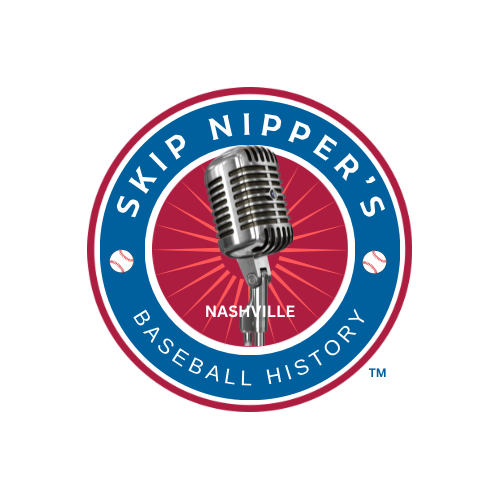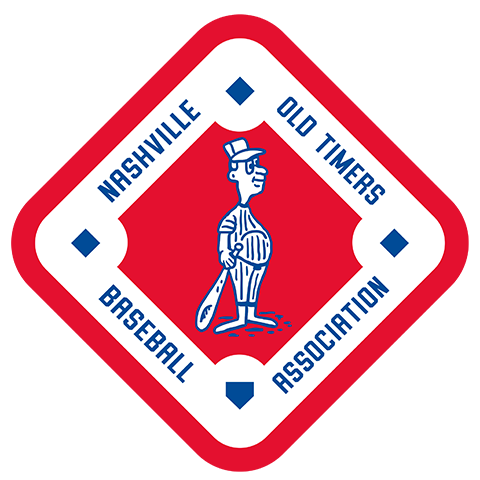
Conversations continue about Sulphur Dell, Nashville’s quirky ballpark of years gone ago. Nothing about First Horizon Park, home of the Nashville Sounds, resembles the beloved one demolished n 1969, but there is some overlap in the location.
Did you know that the old Sulphur Dell was completely turned around in 1927? Why turn around a ballpark? It’s a little hard to put one’s finger on the real reason.
Some say that without lights (the first major league night game would not happen until 1935), the late afternoon sun was always in the batter’s face since the ballpark was facing southwest. The relocated park made it easier on the home team, so the batter’s back was to the State Capitol. Problem eliminated.
Another reason for the reconfigured ballpark was new ownership. On October 1, 1926, new owners took over the Nashville Baseball Club. Four owners split 535 shares of stock:
Rogers Caldwell, a local horse breeder
J. H. “Jack” Whaley, co-publisher of Southern Lumberman, a regional publication
Stanley P. Horn, also co-publisher of Southern Lumberman
Jimmy Hamilton, manager of the Nashville Vols since 1923. In 1925 he had purchased the Raleigh club in the Piedmont League
With a season attendance of 178,000 in 1925, the team had generated $80,000 in profit. There is no published profit amount of 1926, but even with attendance down to 135,000, the reported amount was still “five figures,” and ownership was lucrative.
The first week of December, the new owners announced a new steel & concrete structure would be built – a little unusual, with two of the owners producing a publication about the wood industry in the southeast – and the new ballpark expected to be one of the best ballpark facilities in baseball for its size.
The new owners chose J. B. Hanson Co. with the construction contract, and the architect was Marr & Holman.
Perhaps the new owners wanted to show how local fans committed to advancing the prestige of Nashville. They certainly allowed Jimmy Hamilton free reign on signing new players, as he was a personal friend of Connie Mack, Wilbert Robinson, Ty Cobb, and other major league managers. He sought their advice in bringing in a team built for the new ballpark.
While attending baseball’s winter meetings the past December, Hamilton scheduled major league squads to play in Nashville as they left spring training, heading north to begin the regular season.
Then it happened, as it had happened nearly every other spring: the first week of January, rains poured, and grounds were flooded under 16 feet of water, delaying the progress of construction for three weeks.
In February, the owners offered the contractor a bonus of $5,000.00 to complete the structure for the March exhibition season. Spring exhibitions against big-league teams were significant money-makers, and three construction shifts sped the process. During this period, the Nashville Vols team practiced at Vanderbilt’s baseball field and played a few games against the Commodores.
Was construction completed in time? You be the judge: the image below has a date of March 24, 1927, with the first game played on March 25 against the Minneapolis Millers of the American Association. The Millers won 5-3and Minneapolis right-fielder Dick Loftus hit the first home run in the new park.

The following day, Toledo visited Sulphur Dell. Casey Stengel hit a triple for the Mud Hens.
Additional games took place in the next weeks. On April 2, the Milwaukee Brewers of the American Association came to town, and the Cincinnati Reds played on April 3 and 4th. The team that would become known as “Murderers Row,” the New York Yankees, visited on April 7 and lost 10-8 to the 1926 World Series champion St. Louis Cardinals.
Nashville Vols fans celebrated the new ballpark on Opening Day, April 12, with an attendance of 7,536. Season attendance would finish at 176,000, a few thousand less than two years previous. For comparison’s sake, Sulphur Dell would have a record season attendance of 270,000 in 1948, manager Larry Gilbert’s final season.
With the quirky, colorful contour of Sulphur Dell’s confines, the ballpark became a storied home to the Nashville Vols and, for a time, the Negro League’s Nashville Elite Giants.
Note: Images used with permission Metroplitan Nashville Historical Commission
© 2020 by Skip Nipper. All Rights Reserved.



